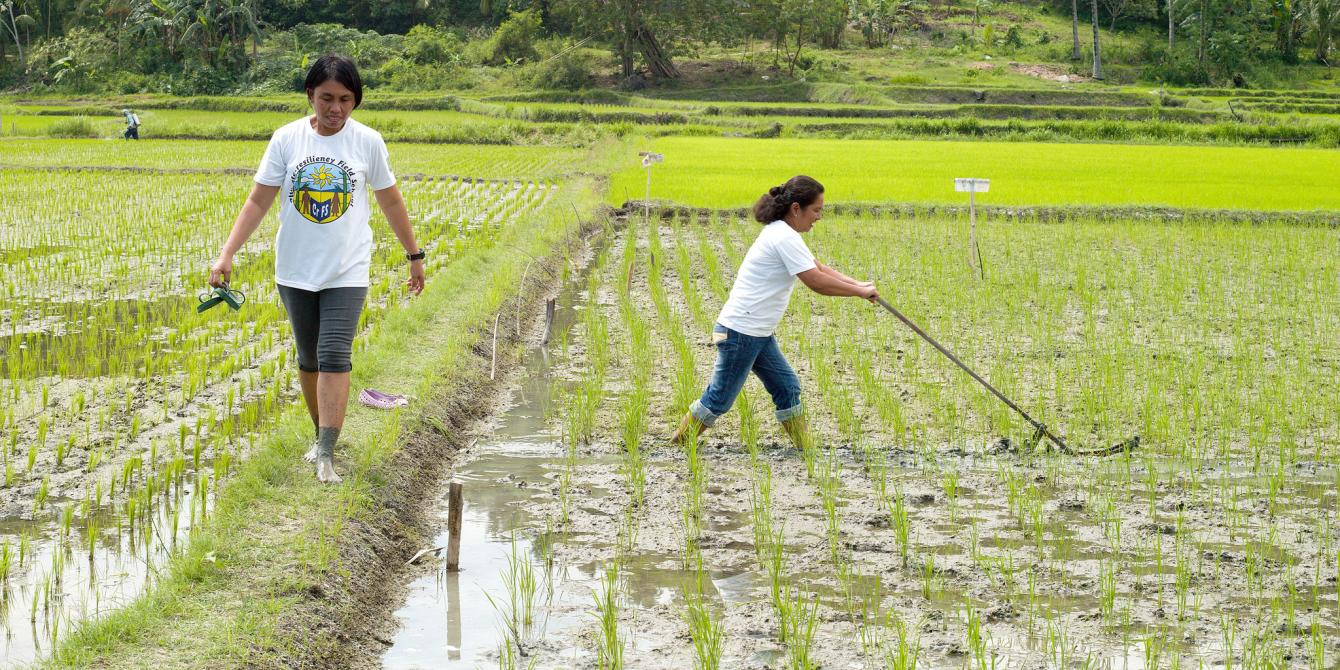Financing Adaptation or Funding Chaos?: Adaptation, Finance, and Philippine Climate Policy

As the world reels from the devastating impacts of climate change, financing sources for climate resilient development are proliferating at a rate and scale that, from initial appearance, may all but surpass traditional flows of official development assistance (ODA). Unfortunately, the scale of resources pledged so far are far from the scale of financing required to meet the needs of developing countries like the Philippines. Worse, most of the pledges remain just that — pledges virtually written on water, many recycled from previously announced commitments.
Among developing countries, mitigation efforts alone are estimated to cost US$140 to US$175 billion a year over the next 20 years, with associated financing needs of around US$265 to US$565 billion. Adaptation investments are projected to average US$30 to US$100 billion a year over the period 2010-2050. Distressingly, only US$2 billion of the total US$19 billion pledged funds thus far have been deposited into dedicated climate funds, while only US$700 million have been disbursed.

 Follow us on Facebook
Follow us on Facebook Instagram
Instagram Follow us on Twitter
Follow us on Twitter LinkedIn
LinkedIn